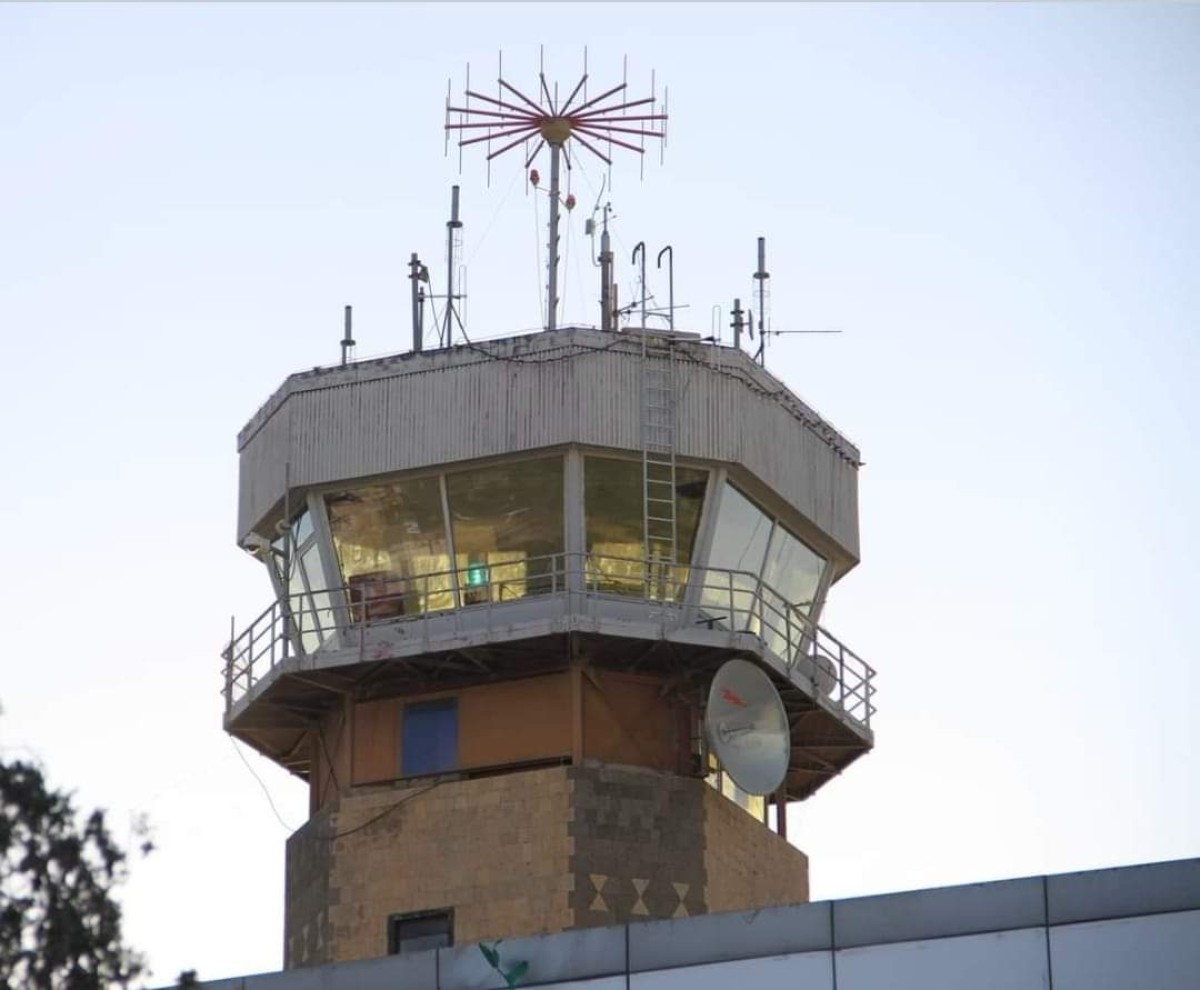A catastrophic failure of the Ministry of Transport gives the Houthis control over Yemen's skies


Today, Tuesday, the Houthi militia prevented a United Nations plane from landing at Ma’rib Airport, for the second time in a week.
Last week, the Houthi militia prevented a Sudanese plane carrying stranded people from landing at Mokha Airport, and this is considered a major failure for the transport sector controlled by the internationally recognized government.
The Houthi militia has the authority to prevent the landing of civil aircraft in Ma’rib, Mokha, and the rest of the governorates, by controlling the central meteorological tower in Sana’a, which supervises air navigation throughout Yemen.
The Civil Aviation Authority was supposed to be completely transferred from Sanaa to Aden, according to the decision of the Council of Ministers, but the Ministry of Transport from 2015-2024 failed to transfer all its institutions. There was an error on the part of successive Ministers of Transport since 2015, and Sanaa is now still an approved center for aircraft guidance. In various parts of Yemen and our air region, which includes Somalia.
The Ministry of Transport failed miserably to transfer the air control center, and made it a tool in the hands of the Houthis, who recently began using it against navigation in Yemeni airspace.
As a result, the Houthi militias are earning millions of dollars from the International Aviation Organization in exchange for air services and aircraft passage fees over Yemeni airspace.
The mere threat of bombing prompts civil aviation not to take risks, as they had previously bombed the government plane in December 2020 because they had advance knowledge of it.
Civil aviation must obtain landing permission from the approved international station, and since Sanaa is the approved international station, it is the Houthi militias that grant or prevent aircraft landing.
The threat to civil aircraft is considered a military threat like any threat to ships, as the Houthi militia is also still addressing companies in the official navigation zones of the Republic of Yemen.